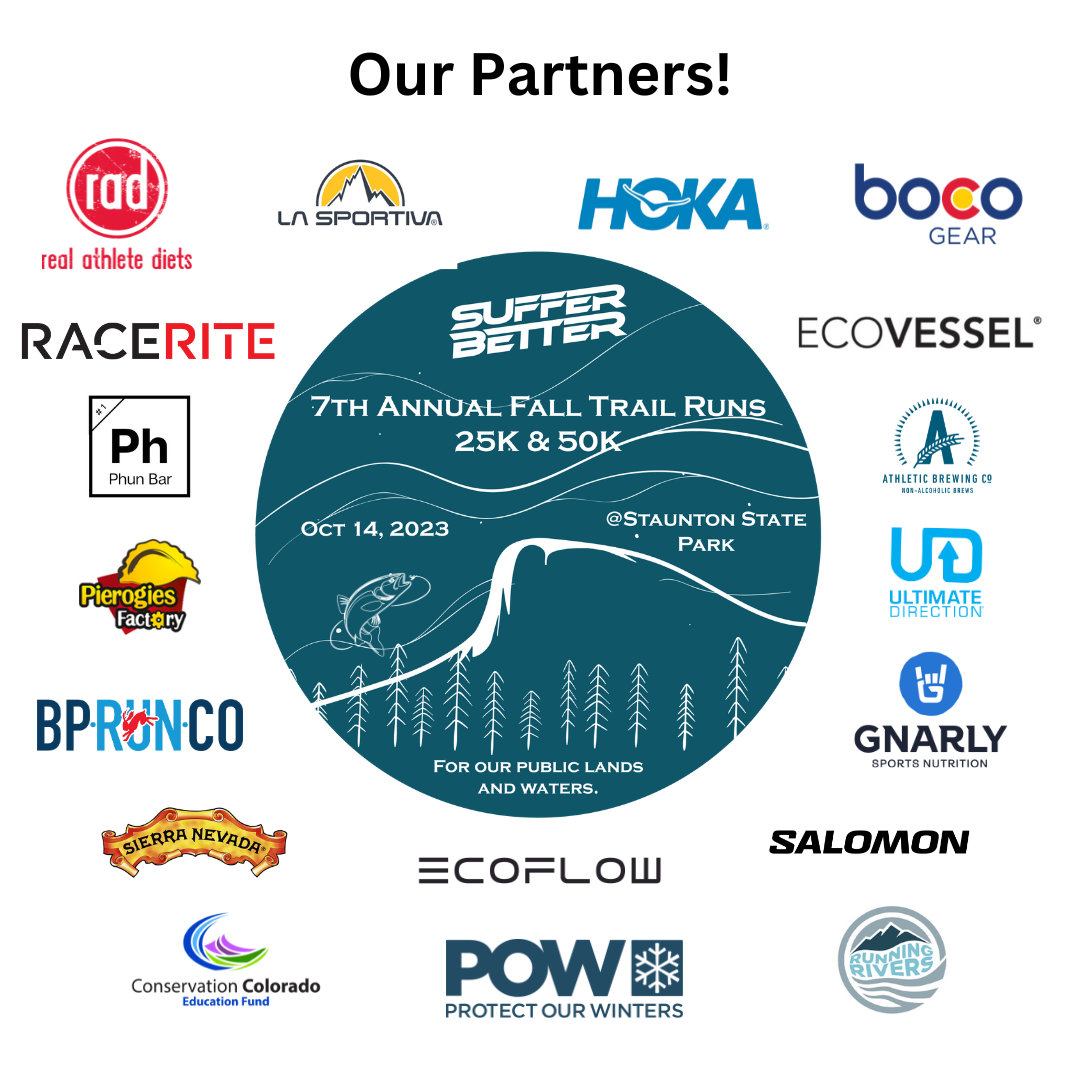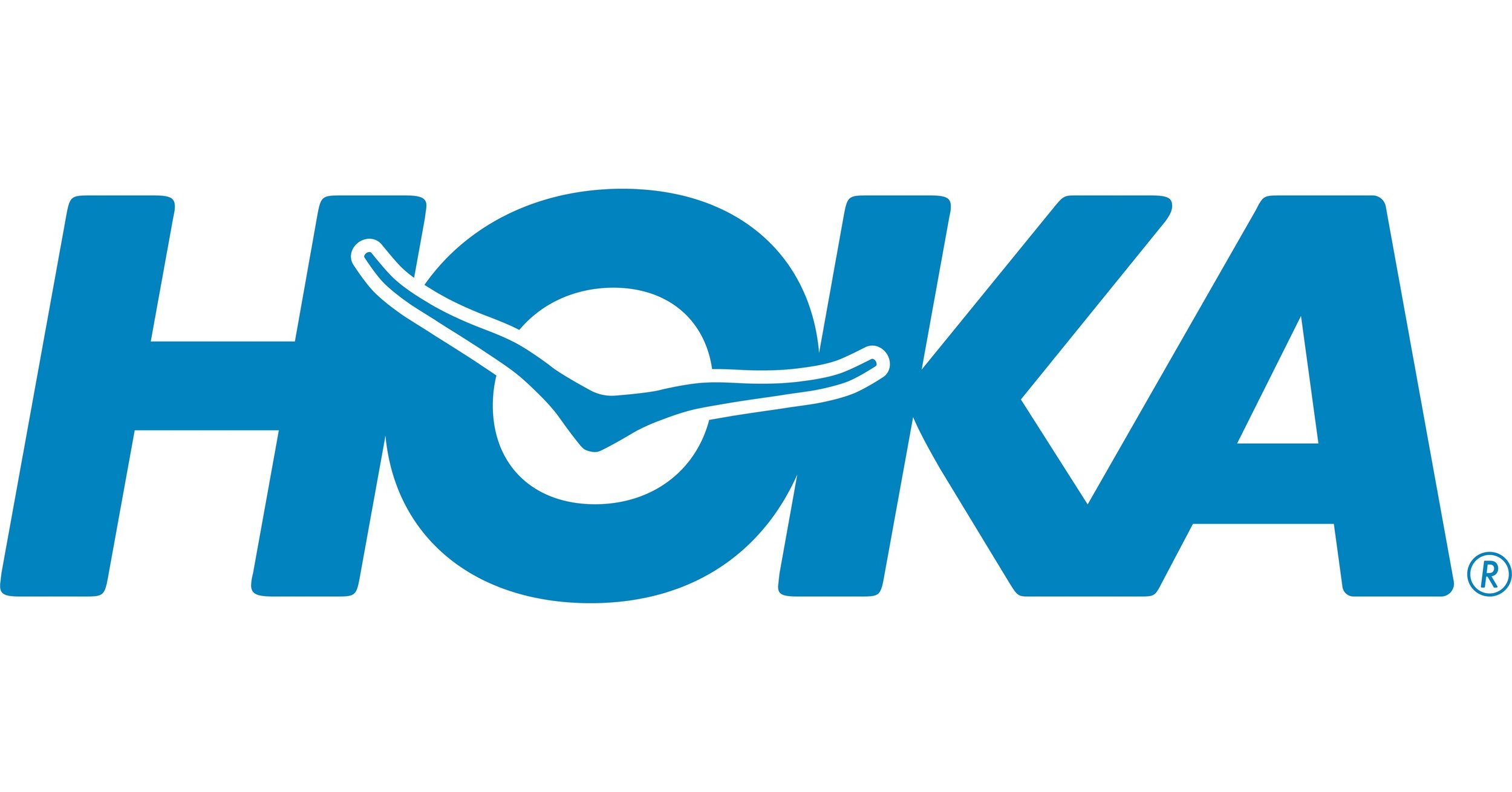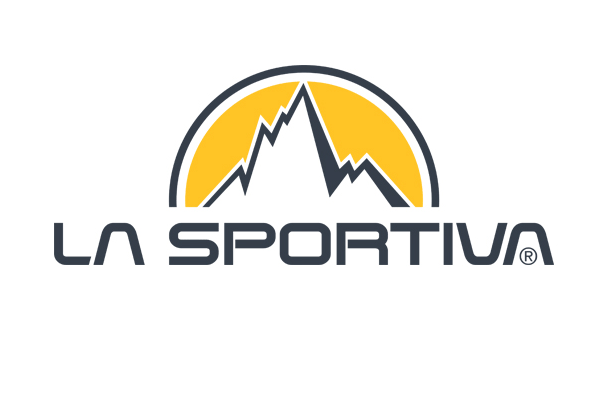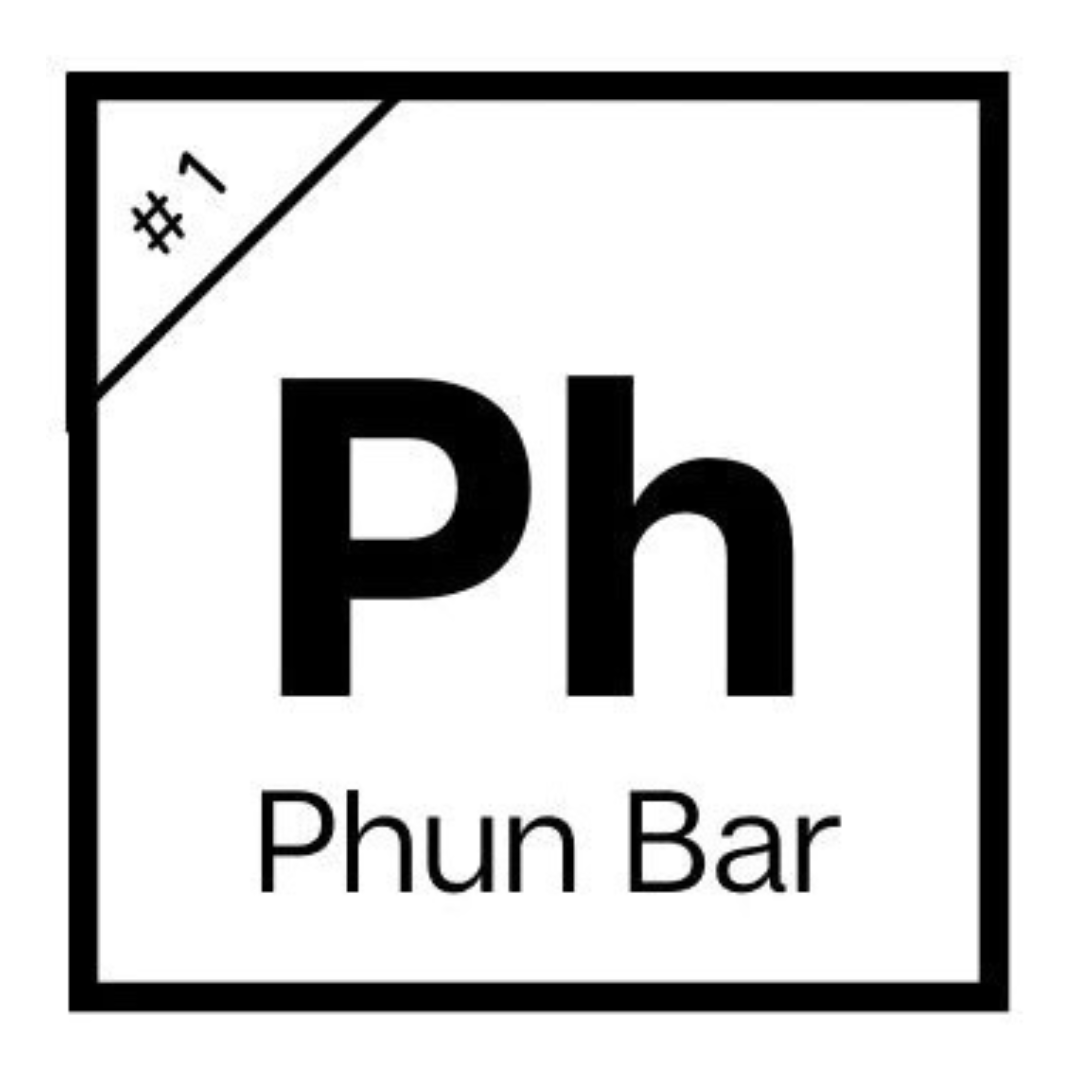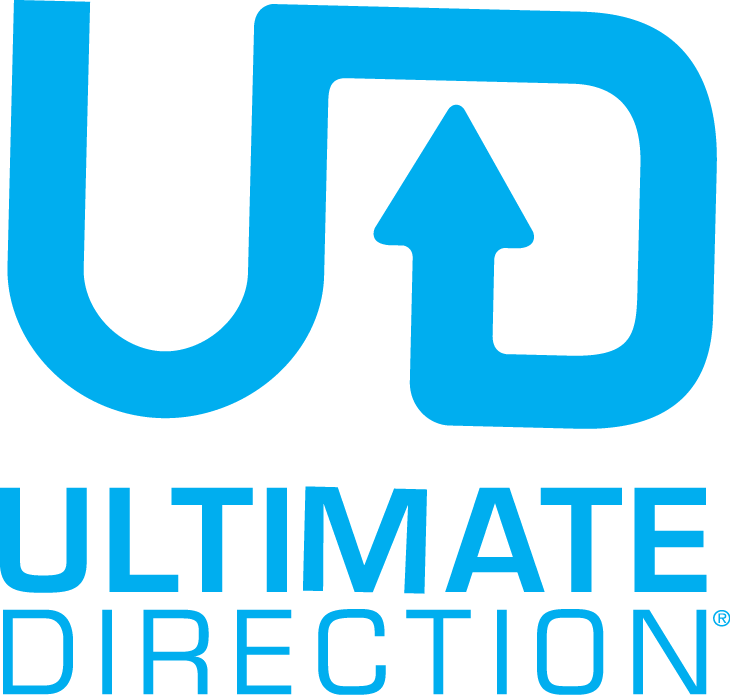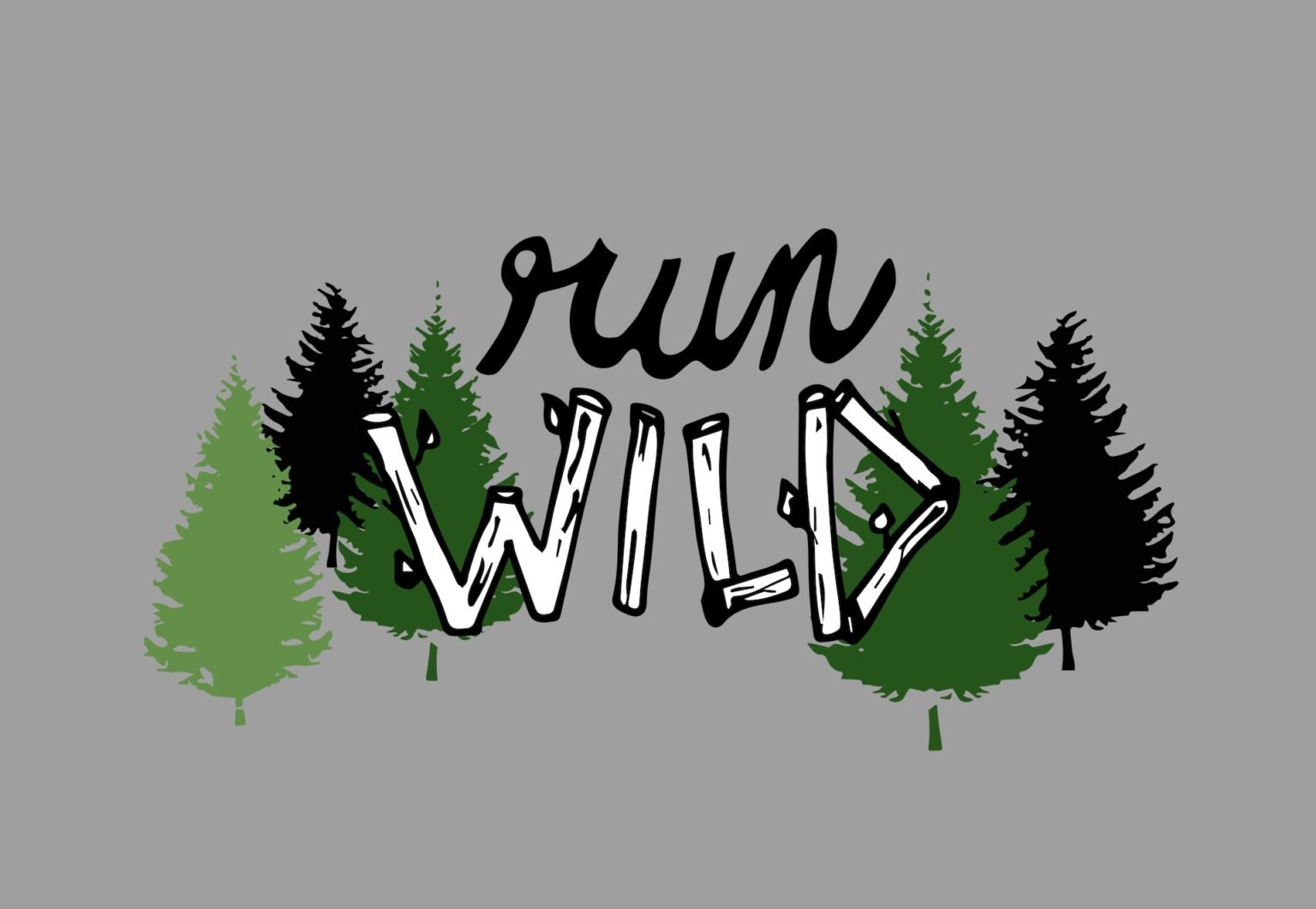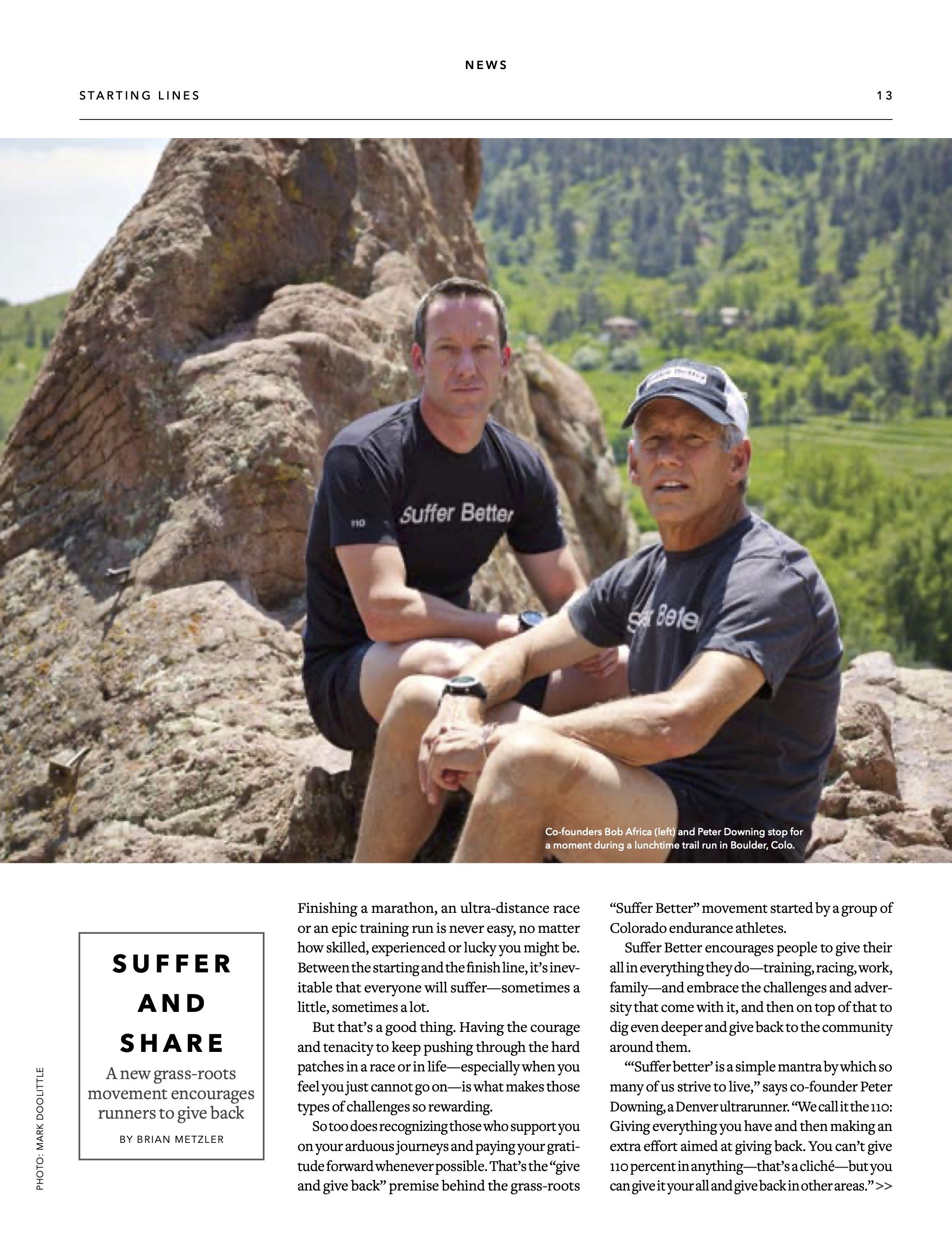What if Everyone Did Something to Slow Climate Change?
Researchers are looking at the impact that individuals’ actions can have on reducing carbon emissions — and the best ways to get people to adopt them.
Research shows that it is not easy to motivate people to curb their emissions, but it is not hopeless.Credit...Anna Watts/The New York Times
By Alina Tugend
Sept. 25, 2024
This article is part of a special section on the Climate Forward conference hosted by The New York Times.
Make more beef-free meals. Compost food scraps. Replace a natural gas stove with an electric one.
These are all fairly simple ways people can help combat climate change in their own kitchens. Still, most Americans don’t do it. Why?
Because it means changing lifelong habits. Because they believe it won’t make a difference. Because they think their friends and neighbors aren’t doing it.
Research shows that it is not easy to motivate people to curb their emissions, but some strategies do work, and experts are trying to identify the best ones.
Magnus Bergquist, an associate professor of psychology at the University of Gothenburg in Sweden, said widespread behavior transformation is difficult, as people often have contradictory goals. For example, changing habits or buying energy-efficient products, “can conflict with people’s goals of seeking comfort, saving money and gaining social acceptance,” he said in a video interview.
Even those with the best intentions can run up against such conflicts. Leah Murphy, 63, of New Paltz, N.Y., said she recycles, has reduced her use of plastic, shops with canvas bags and has installed energy-efficient lightbulbs, among other efforts.
Nonetheless, “over 30 years ago, when my first child was born, I arranged for a diaper service because it was supposed to be better for the environment,” Ms. Murphy said in an interview. Yet there were still a lot of diapers to wash, and after six weeks, she switched to disposable diapers.
“I told myself that the energy used to wash cloth diapers was probably just as bad for the environment as disposables,” she said. “That experience represents the start of a long series of rationalizations between convenience and conscience -- more often than not, with convenience prevailing.
Researchers are trying to identify the best methods to get people to adopt environmentally friendly habits, like recycling and reducing their carbon emissions. Credit...Annie Flanagan for The New York Times
At the same time, there is concern that promoting personal solutions to address global climate change lets corporations and governments off the hook and even plays into their hands. For example, a carbon footprint calculator was created by the oil and gas company BP in 2004 as part of an advertising campaign to help people measure their impact on the environment. Critics said it was simply a way to shift the responsibility from big companies to everyday consumers.
But it’s wrong to look at solutions to the vast issue of climate change as solely good or bad, said Anthony Leiserowitz, director of the Yale Program on Climate Change Communication, which researches the public’s knowledge, attitudes, behavior and policy preferences on climate change.
BP did create the calculator “as a way to put the onus on individual consumers, but it’s still valuable as a basic concept to say, ‘well, if you really do want to reduce your own emissions, shouldn’t you probably start with an estimate of how much you’re emitting?’” he said in a video interview. “Both can be true.”
According to the organization Project Drawdown, which advances climate solutions, individual and household actions taken together — from reducing food waste to installing LED lighting — have the potential to produce about 25 percent to 30 percent of the reductions in greenhouse emissions needed to avoid the extremely dangerous aspects of climate change.
Does promoting personal solutions to climate change let corporations and governments off the hook? Experts said the job cannot be done without improvements in corporate habits and the transition to clean energy technologies, like wind turbines.Credit...Jim Wilson/The New York Times
Take eating beef. Cows, and to a lesser extent goats and sheep, are significant contributors to greenhouse gases through the methane they emit from gas and manure. And cows’ pastures are typically created by cutting down forests, which releases the carbon dioxide stored in trees.
But according to the World Resource Institute, a research organization, if each person living in high beef-consuming countries — like the United States — ate 1.5 fewer burgers a week, the need for agricultural expansion and deforestation would be eliminated and greenhouse gases significantly reduced.
Still, modifying even such seemingly minor behavior is difficult. Since the 1970s, overall beef consumption in the U.S. has dropped considerably, because of the climate, as well as health and animal welfare concerns. But it needs to decrease substantially more to address climate change. Instead, it slightly increased in 2022 to the highest in more than a decade.
It’s not clear why, but it’s an example of how hard it is to induce change.
“Some people have the naïve idea that if we just educate people, change will follow,” Professor Bergquist said. “But it doesn’t take much to understand that we know we should exercise more; we know that we should eat more healthy; but we don’t do it. So, knowledge is a necessary but insufficient factor. On top of that, we need motivation.”
He coauthored an analysis of data from 430 primary studies of strategies to improve environmental-related behavior, such as recycling or biking or walking instead of driving.
Research has found that social comparisons — what are my friends and neighbors doing? — had the biggest effect on changing habits, like bike riding instead of driving.
Of six interventions to change people’s behaviors, the study found, providing data or information was the least successful, while financial incentives like rebates, coupons and fines can make a difference.
But research has also found that social comparisons — what are my friends and neighbors doing? — had the biggest effect: When customers were told how their utility use compared to their neighbors’, the higher users often decreased their consumption by one to two percent. And with solar panels, people are persuaded to install them if they see them on their neighbors’ rooftops.
Mr. Leiserowitz said he witnessed that in his own neighborhood. “We were the first to put solar panels on a roof 10 years ago, and now there are dozens that have solar panels on the roof,” he said. “It’s not because I went out talking to people about it — it’s because people can see that somebody else who’s much like them has adopted this new technology.”
People are persuaded by their neighbors’ actions. When customers were told how their utility use compared to their neighbors’, the higher users often decreased their consumption by one to two percent.Credit...Rachel Bujalski for The New York Times
But collective changes, from reducing littering to wearing seatbelts to drinking less alcohol, often evolve gradually. It took many years and numerous initiatives to reduce smoking, for example. That included more education about the dangers, restrictions on smoking in public areas, prohibitive taxes on cigarettes, public stigma and greater access to programs that helped people quit.
“Changes are slow and hard to see — but when you look backward you see that things that seemed outlandish are increasingly commonplace,” said Jason Mark, the editor in chief of Sierra Magazine, in a video interview.
A 2019 report by Rare, a 50-year-old global nonprofit that uses behavioral insights to encourage action to protect the environment, examined seven personal choices and their impact on climate change: switching to an electric vehicle, reducing air travel, eating a plant-rich diet, offsetting carbon, reducing food waste, tending carbon-sequestering soil and purchasing green energy.
A report found that if one in 10 people in seven categories of personal action adopted a reduction behavior, total U.S. global greenhouse emissions would decrease by eight percent.Credit...Philip Cheung for The New York Times
The report found that if one in 10 people in each category adopted a reduction behavior, total U.S. global greenhouse emissions would decrease by eight percent. That would shrink by 80 percent the projected gap between what the U.S. has promised in the Paris Agreement — the international treaty on climate that took effect in 2016 — and where it is now, the report stated.
Genevieve Guenther, the author of “The Language of Climate Politics,” emphasized that not all people are equally responsible for climate change. According to a report by the nongovernmental organization Oxfam International, the top 1 percent in income worldwide account for more carbon emissions than the poorest 66 percent. In the United States, a study by PLOS Climate found, 10 percent of the richest Americans account for about 40 percent of greenhouse gas emissions.
Political actions, such as voting and pressuring elected officials, can help, Ms. Guenther said in a video interview.
“Our true responsibility is to use our choices as political agents in the world to try to shift power, take power away from the people who are blocking the transition away from fossil fuels and give it to people who will lead into a livable future,” she said.
A version of this article appears in print on Sept. 25, 2024, Section F, Page 14 of the New York edition with the headline: Getting People to Pitch In.



